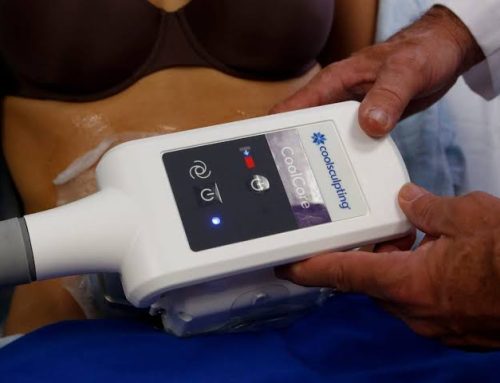Introduction
Gynecomastia surgery, also known as male breast reduction surgery, is a procedure designed to improve the chest contour in men by removing excess fat, glandular tissue, and skin from the male breasts. This article aims to provide an overview of gynecomastia surgery, including its reasons, the procedure itself, expected outcomes, candidacy criteria, associated costs, and the recovery process.
Why do men get Gynecomastia Surgery?
Gynecomastia refers to the development of enlarged or overdeveloped breasts in men. The decision to undergo gynecomastia surgery is often influenced by the following factors:
- Appearance Concerns: Men may experience embarrassment or discomfort due to the presence of enlarged breasts, which can significantly affect their self-esteem and overall body image.
- Medical Necessity: Gynecomastia surgery is considered when the condition cannot be effectively corrected through medications or by discontinuing specific drugs or medications that may be contributing to the issue.
- Hormonal Evaluation: Candidates for this surgery often have their hormone levels evaluated by specialists, such as endocrinologists, to ensure there are no underlying medical causes.
- Good Health: Patients considering gynecomastia surgery should be in good overall health and free from any underlying medical conditions that might increase the risk of surgical complications.

What do Gynecomastia scars look like?
Gynecomastia surgery can result in some visible scarring, depending on the technique used. Surgeons aim to minimize scarring by following the natural contours of the breasts. Although scarring can occur, its visibility is often kept to a minimum.
How do they perform Gynecomastia surgery?
The most common gynecomastia surgery technique involves making an incision that encircles the dark area around the nipple (areola). Another incision follows the natural curve of the crease beneath the breasts. Excess fat and glandular tissue are then removed. In many cases, liposuction is also used, either alone or in combination, to address fat and glandular tissues. If the weight of excess breast tissue has caused sagging and stretching of the areola, the surgeon will reposition and resize the areola during the procedure. The entire process usually takes one to two hours and is performed under general anesthesia. It may be carried out in an outpatient ambulatory surgery center or may require an overnight stay.

How long is recovery from Gynecomastia surgery?
After the gynecomastia surgery, the chest is wrapped in bandages or a compression chest vest. Recovery typically takes about a week. It may take several months for swelling to completely subside and for scars to fade.

Conclusion
Gynecomastia surgery offers men a way to improve their chest contour by removing excess breast tissue and skin. Candidates for this procedure are usually motivated by aesthetic concerns and may have explored other options to address their condition. It’s essential to consult with an experienced plastic surgeon to discuss candidacy, procedure details, and expectations, as well as to determine the best course of action. The decision to undergo gynecomastia surgery can lead to a significant improvement in self-confidence and overall well-being, providing a renewed sense of self-assurance.
Disclaimer: The content on this blog is intended for general informational purposes only. It is not a substitute for professional medical advice, diagnosis, or treatment. Always consult qualified healthcare providers for personalized advice. Information regarding plastic surgery, dental treatment, hair transplant, and other medical procedures is educational and not a guarantee of results. We do not assume liability for actions taken based on blog content. Medical knowledge evolves; verify information and consult professionals. External links do not imply endorsement. By using this blog, you agree to these terms.










